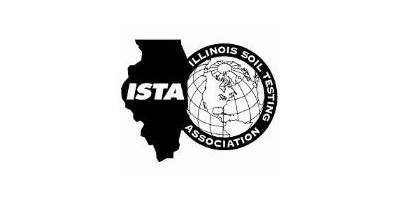

Plant Sampling Services
High crop yields and quality depend on many factors - adequate water and nutrients, the correct plant population and variety, disease and insect resistance or control, etc. One of the most important is nutrient status of plants, which reflects the nutrient supply of the plant at the time of the sampling.
Nutrient status of plants is an unseen factor in plant growth, except when deficiencies become so acute as to appear visually as deficiency symptoms. The nutrient status of plants can be measured only by plant analysis in a laboratory.
Most ISTA members are equipped and qualified to do plant sampling.
Usually, plant analysis is most useful as a diagnostic tool for future correction of problems, although, in the case of young plant samples, there is often time for remedial fertilizer application to the crop. Combined with soil test information, results of plant analysis allow fertilizer practices to be fitted more closely to soil-plant needs.
What to Sample
Parts of plants to sample vary with the plant and stage of growth. Most laboratories provide instruction sheets, which describe the part of the plants to sample and at what growth stage samples should be taken. Also, these instructions indicate the number of plant parts needed for a sample. Use a clean plastic pail or paper bag, not metal, to
collect the sample. A metal container may contaminate the sample.
Sample Preparation
If plant parts have soil, fertilizer, dust or spray residues on them, they should be cleaned.
- Cleaning with a dry brush is best
- If that isn`t adequate, wipe sample with damp cloth
- For stubborn residues, wash with water. Do not prolong washing
- Air-dry samples in shade, not in sun
- Clean paper bags or envelopes are best for mailing tissue samples to avoid
contamination. Never place fresh tissue samples in plastic bags.
Mailing Kit
Get a mailing kit from your local extension office, fertilizer dealer or commercial plant analysis laboratory. Read the instructions, fill out the questionnaire. The more information, the better the interpretation of the plant analysis is likely to be.
